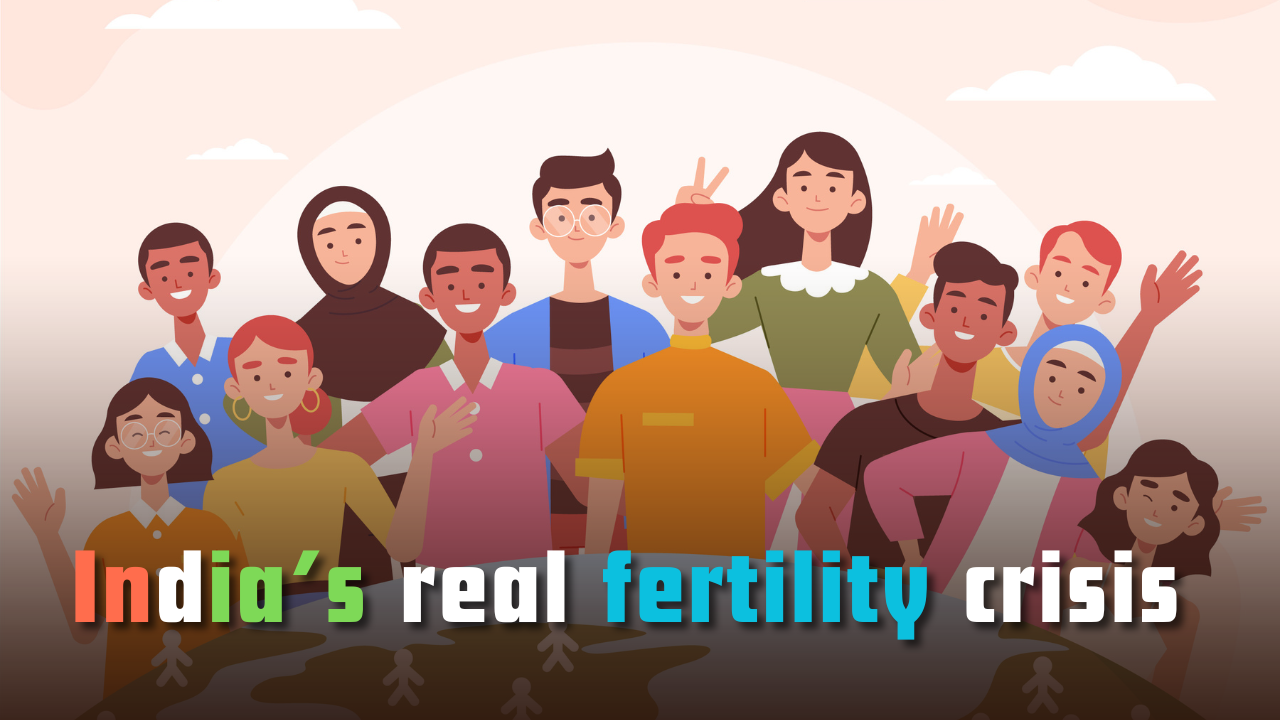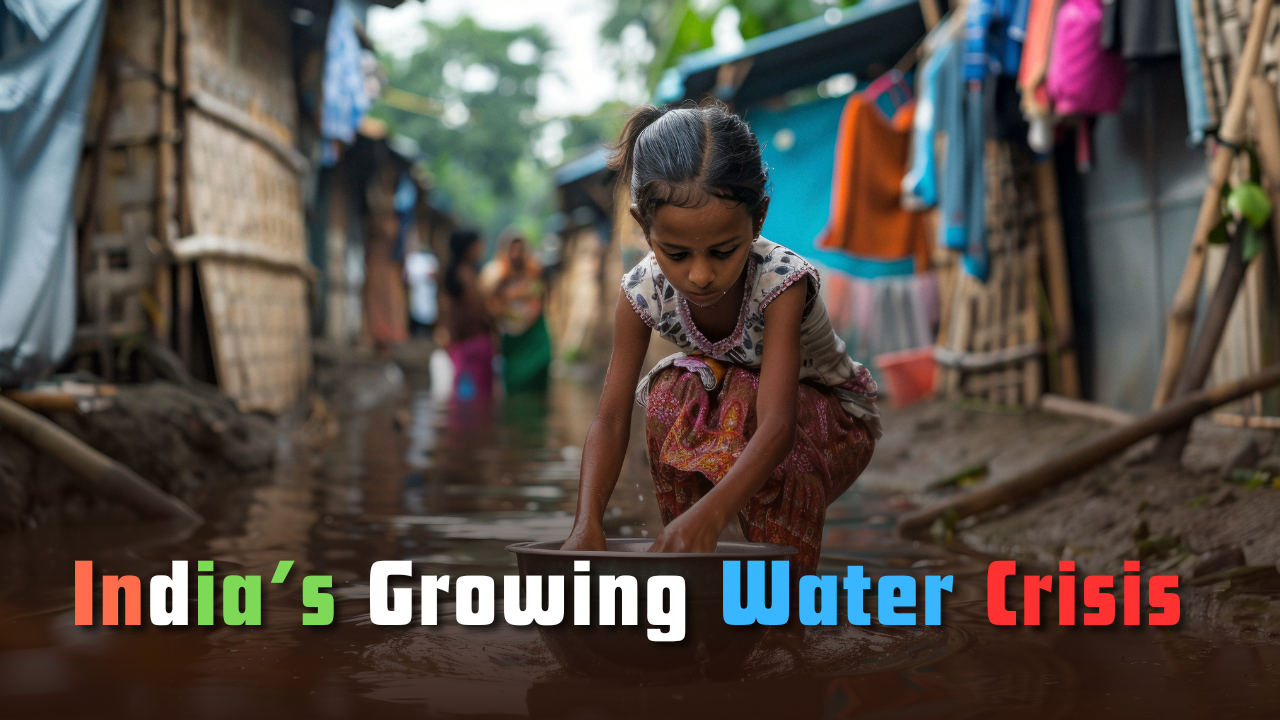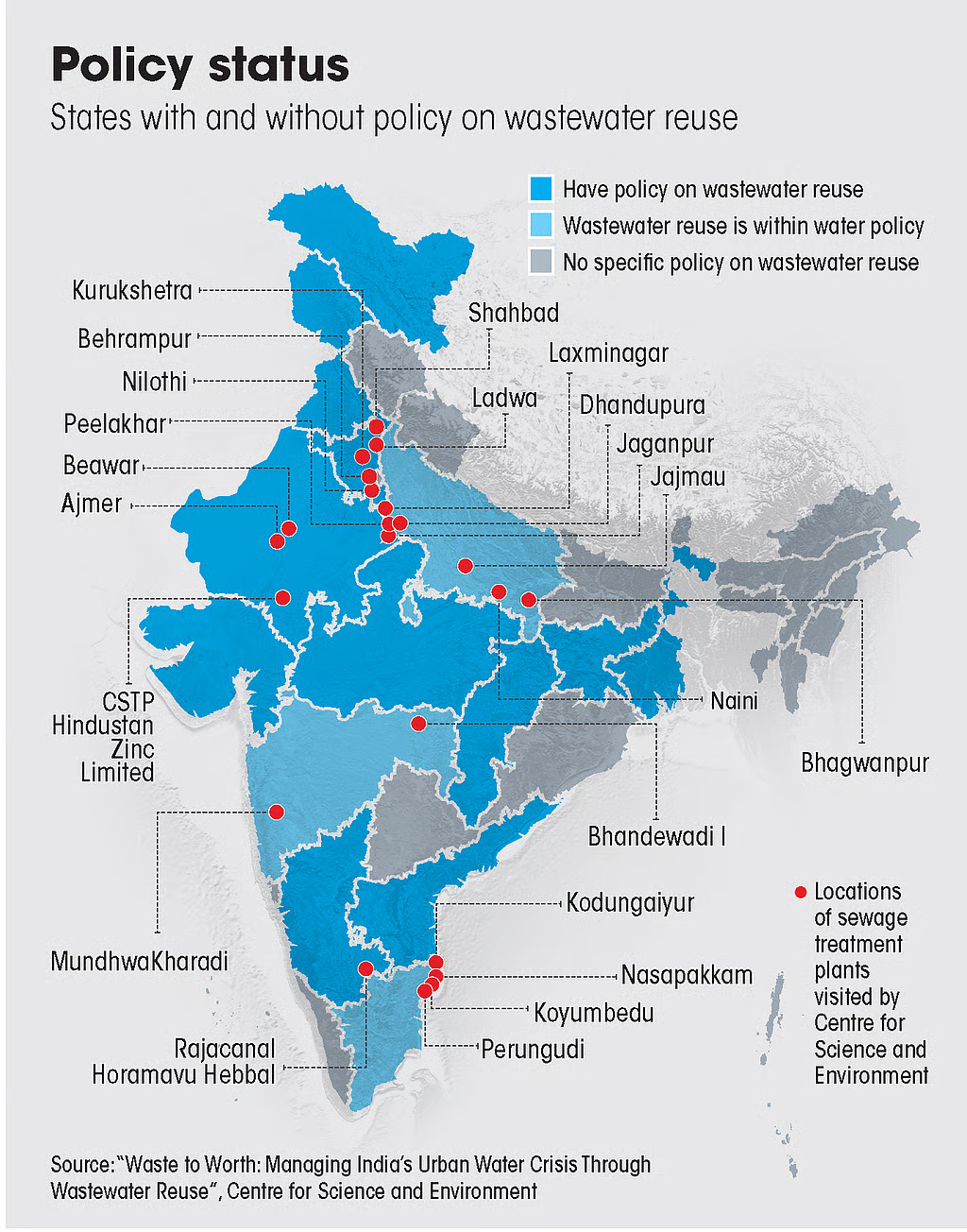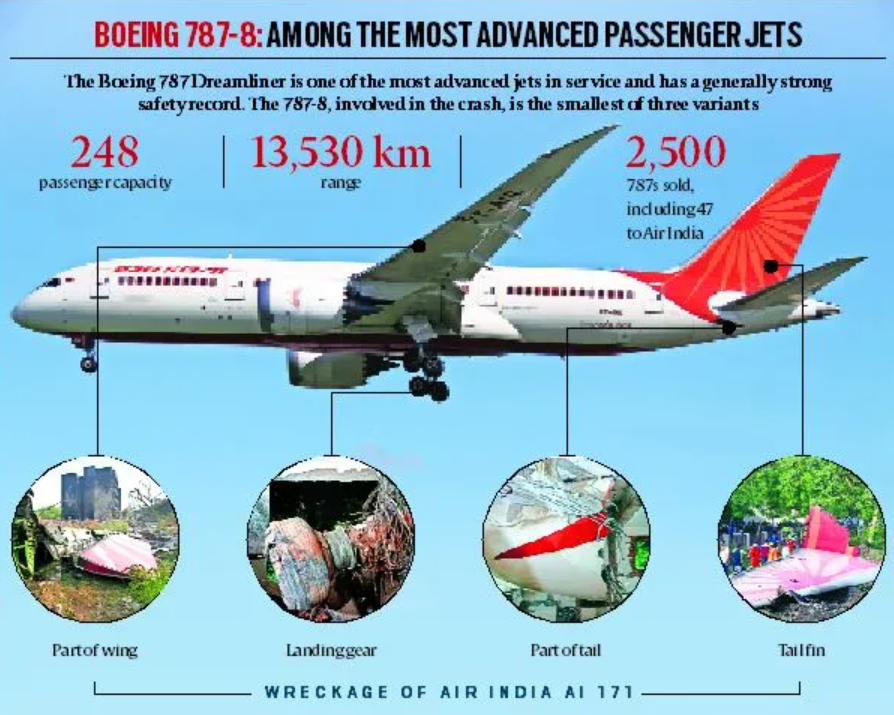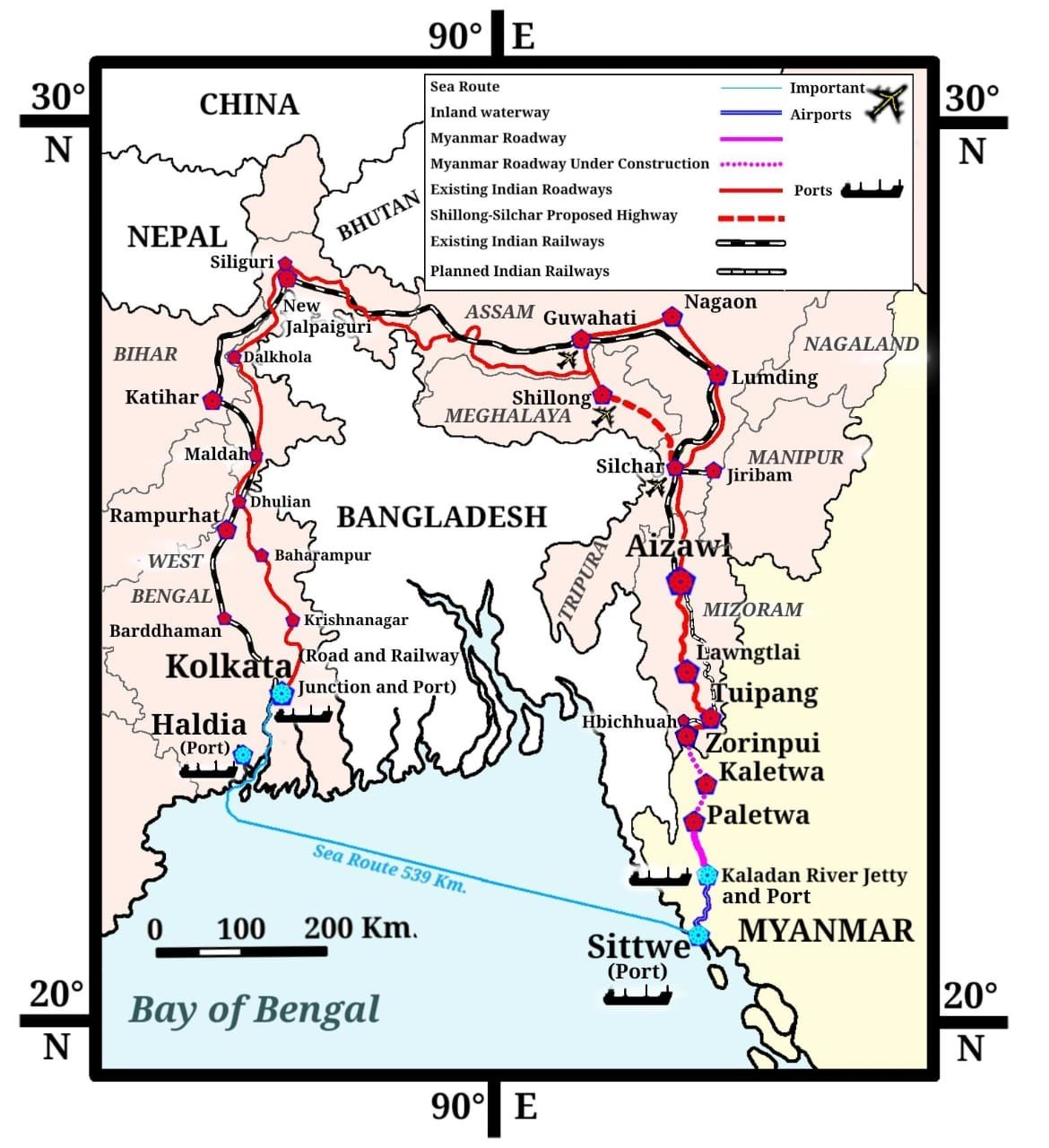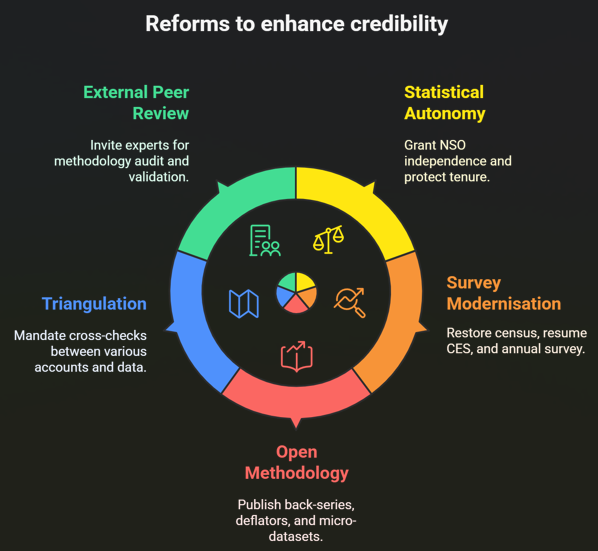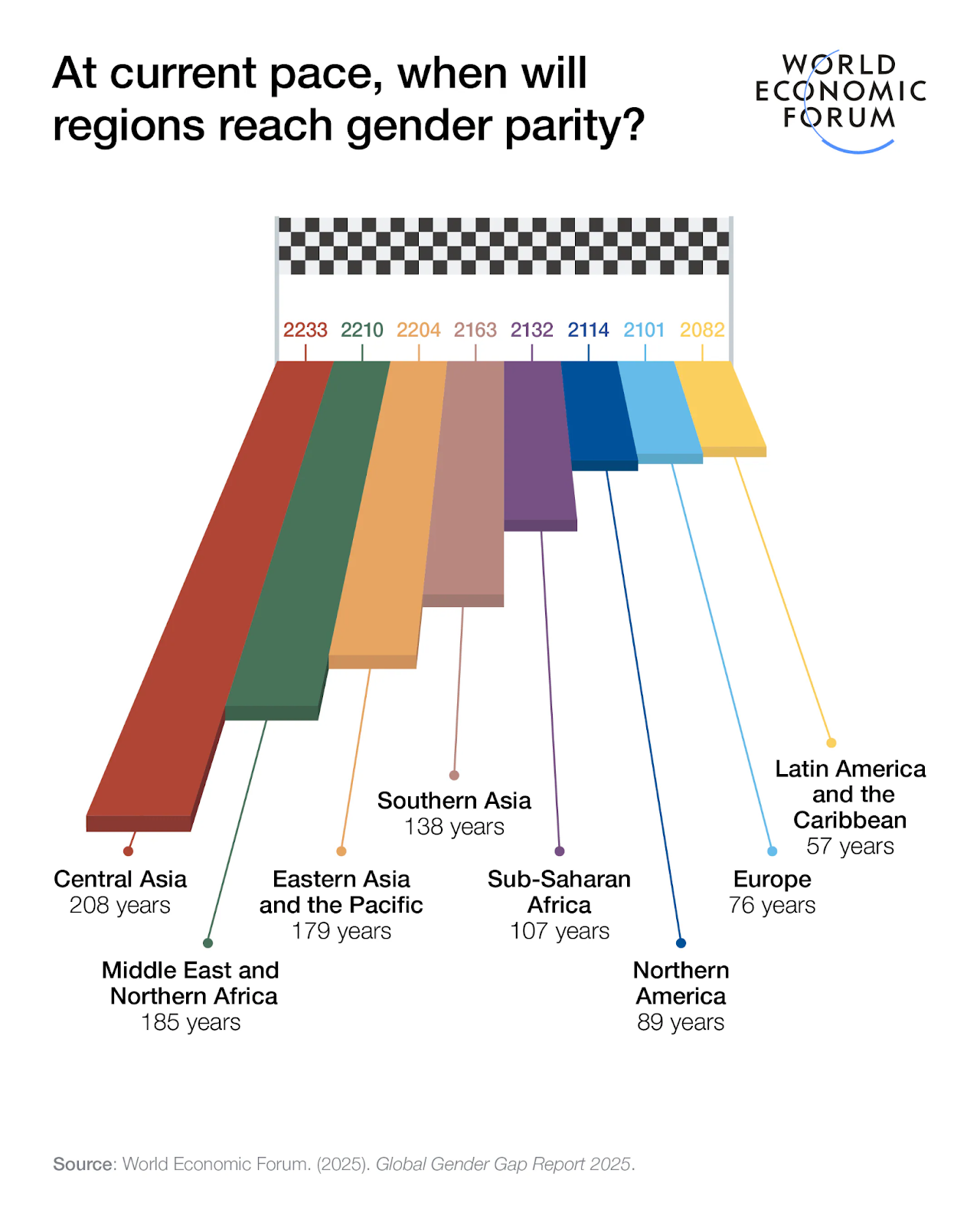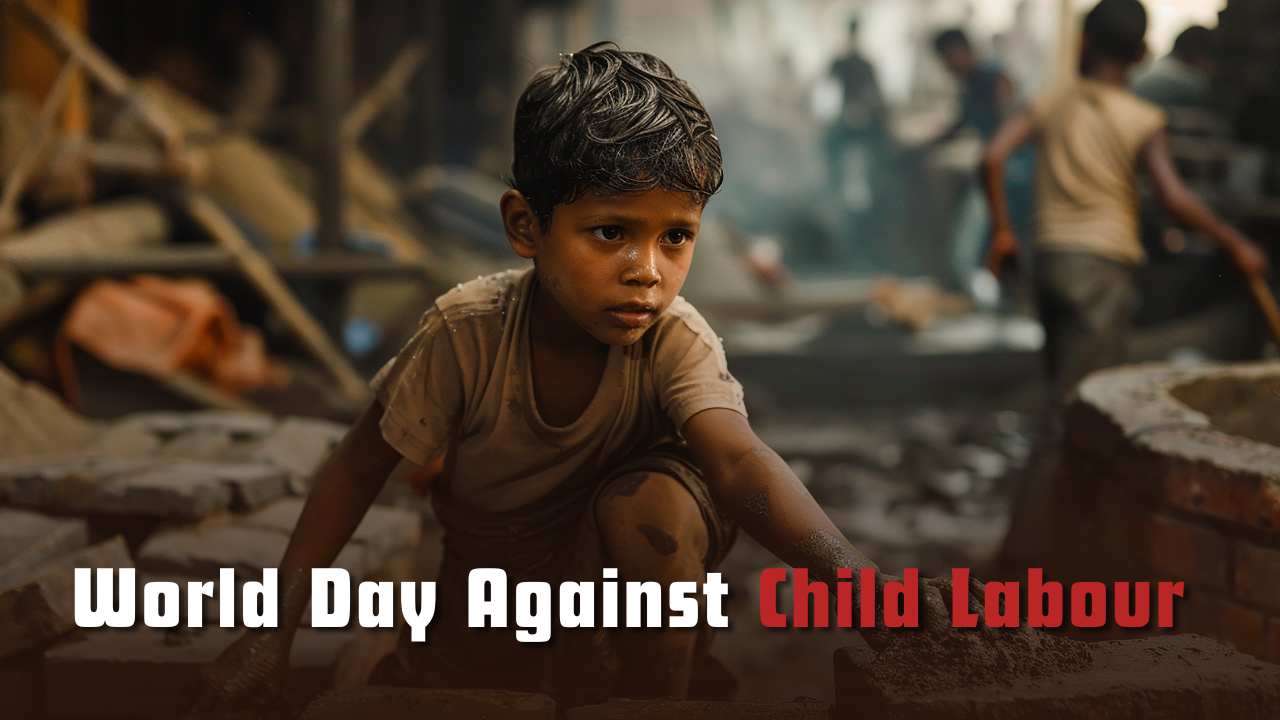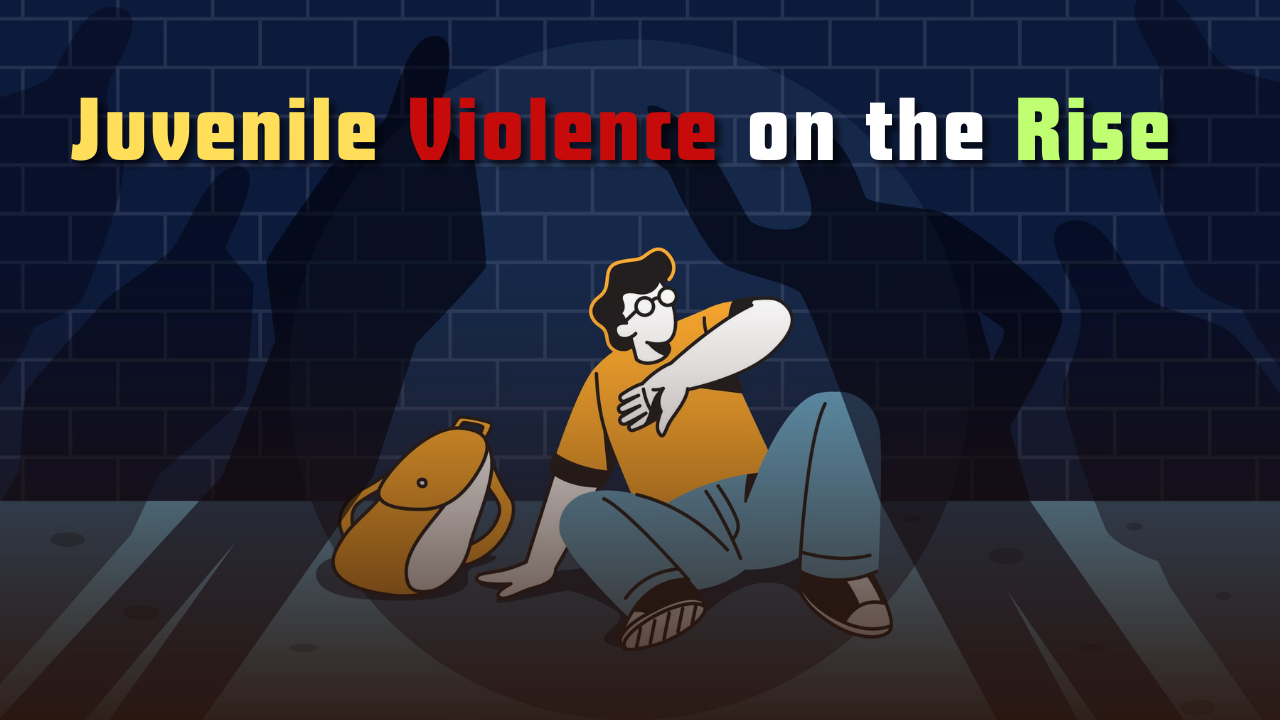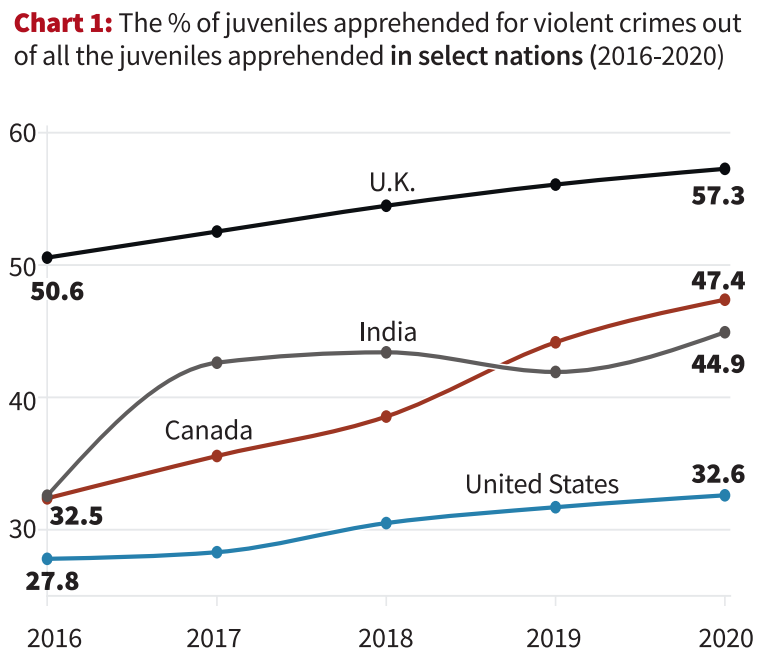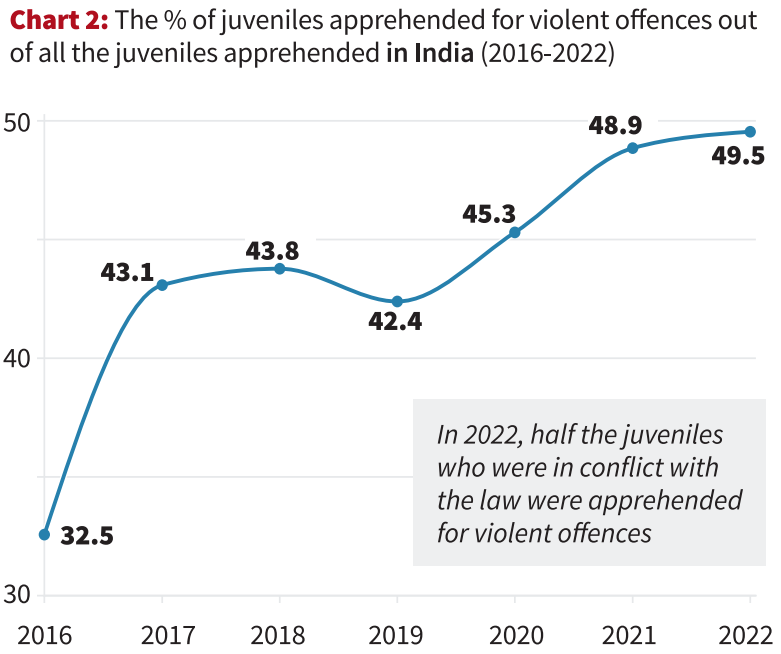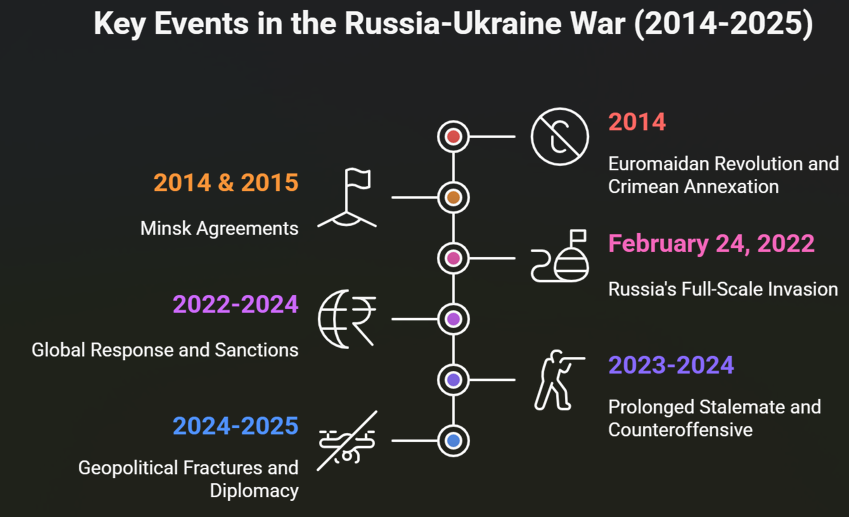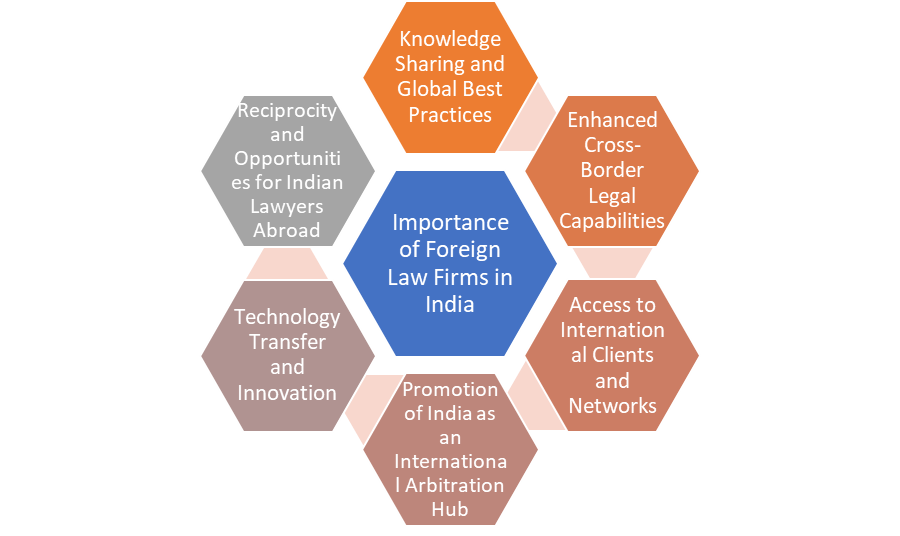India’s real fertility crisis is about choice, not numbers
Context: The United Nations Population Fund (UNFPA) has released its State of the World Population Report 2025, titled “Real Fertility Crises: The Pursuit of Reproductive Agency in a Changing World.”
More on News
- The report challenges the alarmist narrative around declining fertility rates, arguing that the real crisis lies in the gap between reproductive aspirations and realities, particularly for women and couples across the world—including in India.
Global Fertility Trends: A Sharp Decline with Regional Variations
- Global fertility rates have plummeted over the decades—from 5.0 in 1960 to 3.3 in 1990 and 2.2 in 2024.
- According to the World Fertility Report 2024, more than half the world’s countries, representing two-thirds of the global population, now have fertility rates below the replacement level of 2.1 births per woman.
- This global demographic transition is expected to continue, with projections showing that by 2054, all countries will have fertility levels below 4.0.
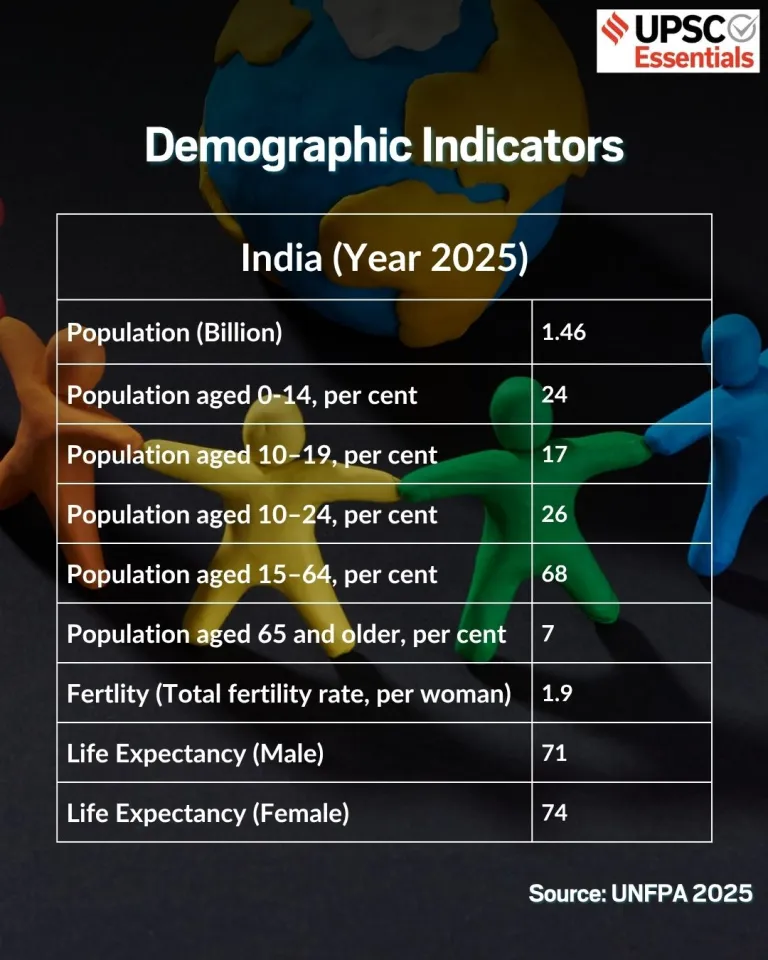
India’s Demographic Landscape: Fertility Decline and Unmet Aspirations
- The national fertility rate declined from 2.9 in 2005 to 2.0 in 2020 (SRS, 2020), but interstate disparities remain significant.
- The child population under five peaked in 2004, while the population under 15 peaked in 2009.
- Despite these milestones, India’s population is projected to peak mid-century, driven by large youth cohorts, increasing life expectancy, and reduced mortality.
Reproductive Agency vs. Demographic Anxiety
- The UNFPA-YouGov survey—conducted across 14 countries with over 14,000 participants—highlighted a central paradox: people are struggling both to prevent unintended pregnancies and to conceive when they want to.
- In India:
- 36% of respondents reported unintended pregnancies.
- Over 30% could not conceive when they wished.
- This dual burden—underachieved fertility (fewer children than desired) and overachieved fertility (more than intended)—underscores a crisis in reproductive autonomy.
Economic and Social Barriers to Family Planning in India
- National data from NFHS-5 reveals that 9.4% of currently married women aged 15–49 have an unmet need for family planning.
- Economic constraints, such as financial insecurity, unemployment, poor housing, and lack of access to affordable childcare, top the list of obstacles to planned parenthood.
- Social norms further compound the problem. Indian women continue to shoulder disproportionate domestic responsibilities, and many face challenges in:
- Finding an equitable life partner.
- Accessing supportive workplace policies like paid parental leave, flexible hours, or childcare facilities.
- Avoiding career setbacks due to pregnancy, especially in the informal sector, where protections are minimal.
Infertility: A Taboo Topic That Needs Attention
- In India, where marriage is often equated with childbearing, infertility remains deeply stigmatised. Despite advancements in reproductive healthcare, access remains limited:
- Treatments are expensive, often unregulated, and dominated by private providers.
- Lack of insurance coverage pushes fertility care out of reach for many couples.
- Addressing infertility must be part of any inclusive reproductive health policy framework.
Contraceptive Use and the Need for Choice
- India’s reliance on female sterilisation as a primary method of contraception has restricted reproductive choices.
- Expanding access to modern, reversible contraception methods is essential to empower individuals and couples to plan their families on their own terms.
- The NFHS-5 also shows 4% of currently married women aged 15–49 reporting unmet needs for spacing births.
- Despite a trend toward delayed childbearing—especially among educated, urban, and financially secure populations—spacing between first and second children remains poorly practised, largely due to:
- Social pressure to avoid contraception.
- Persistent preference for male children.
Shifting the Narrative: From Population Control to Reproductive Rights
-
- Demographic discourse worldwide is increasingly shaped by demographic anxiety—fear of aging populations, fertility decline, or overpopulation.
- Yet, these concerns often sideline individual reproductive choices.
- The UNFPA report warns that such anxiety has led to policy-level intrusions that undermine women’s autonomy.
- India must shift its focus from population control to reproductive empowerment. This means:
- Dismantling taboos around family planning.
-
-
- Investing in education, health, and gender equality.
-
-
-
- Developing rights-based reproductive policies that prioritise informed choices and equitable access.
-
Subscribe to our Youtube Channel for more Valuable Content – TheStudyias
Download the App to Subscribe to our Courses – Thestudyias
The Source’s Authority and Ownership of the Article is Claimed By THE STUDY IAS BY MANIKANT SINGH
